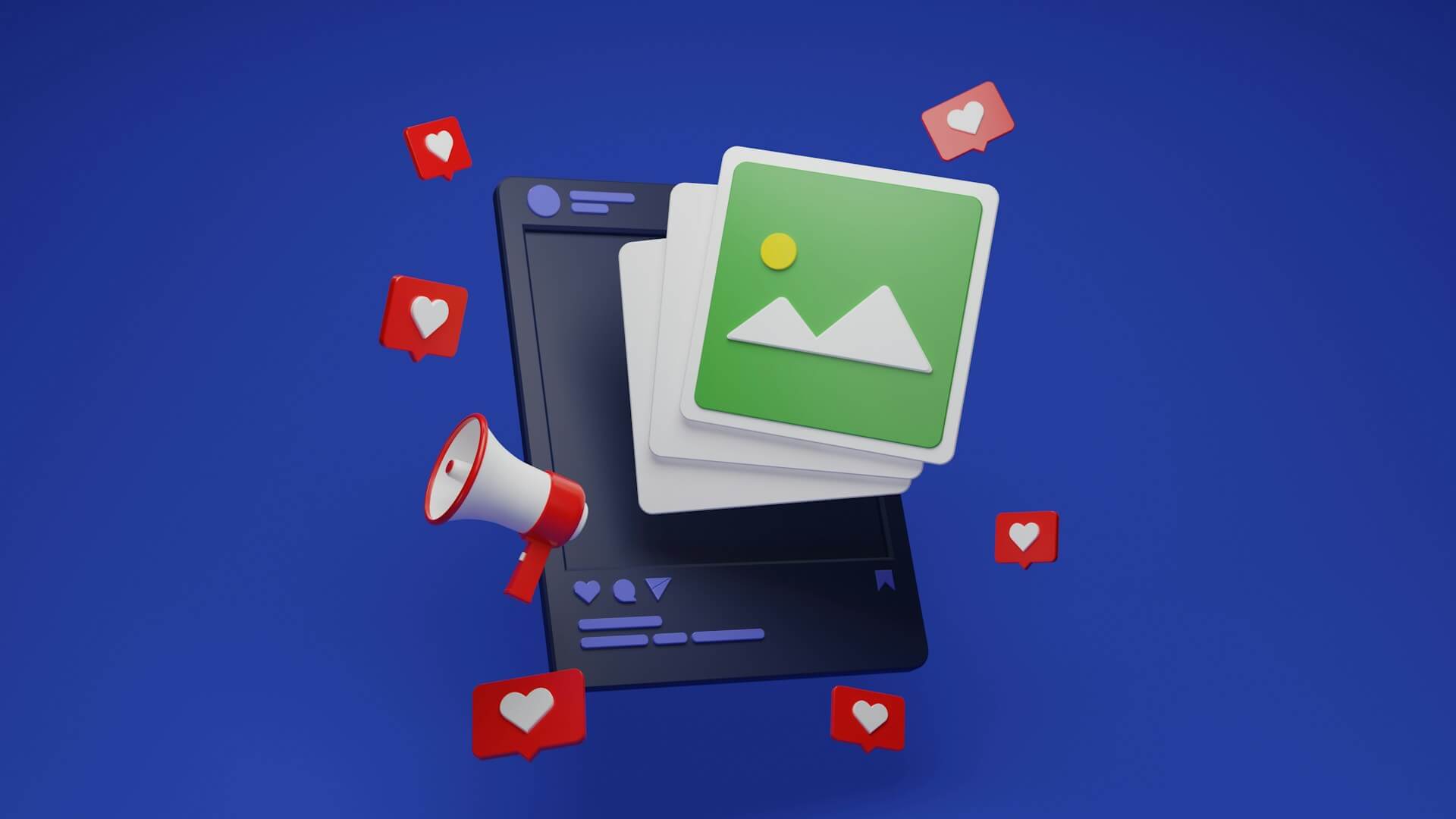Writing Authentic Customer Friendly Content for Businesses

Ever read a business website and felt like you were decoding an academic paper? That is the problem. Customers do not want jargon, clichés, or endless paragraphs stuffed with corporate buzzwords. They want clarity, empathy, and a sense that the business understands them.
Here is the good news: writing customer-friendly content is not rocket science. You just need to flip the perspective. Instead of asking “What do we want to say?” ask “What do our customers need to hear?”
Let’s break it down together.
Table of Contents
Why Customer Friendly Content Matters
Think about the last time you bought something online. Did you scroll through a company’s “vision and mission statement,” or did you skip right to the part that explained how their product solves your problem?
Your customers behave the same way. They are busy, distracted, and skeptical. They do not care about your internal language; they care about their problems, goals, and time. If your content feels like a friendly guide, they will stay. If it feels like a lecture, they will bounce.
When Airbnb launched, instead of filling its site with investor-friendly buzzwords, it used plain language like “Book unique homes and experiences all over the world.” That single line told travelers exactly what they needed to know. Customer-friendly content builds trust. It turns readers into buyers and buyers into loyal fans.
Traits Of Customer Friendly Content
Before you write, remember this checklist:
- Clarity over cleverness: Simple words win. Do not “utilize,” just “use.”
- Empathy over ego: Speak to their pain points, not your achievements.
- Action over fluff: Every line should either inform, guide, or help them decide.
- Tone over tone-deafness: Warm, conversational, but still professional.
- Structure over sprawl: Use short paragraphs, headers, and bullet points.
Basecamp does this well. Their website copy avoids corporate jargon and instead says things like “Basecamp makes it easier to run projects.” No overthinking. No overstuffed sentences. Just clarity.
How To Write Like You’re Talking To A Customer

Imagine you are explaining your product or service to a smart 15-year-old. You will avoid jargon, explain concepts in plain language, and still sound knowledgeable.
Examples help too. If you run a coffee subscription, do not just write “We deliver quality coffee.” Instead: “Imagine waking up to fresh, aromatic beans at your doorstep every Monday. No supermarket rush, no stale packets, just coffee that makes mornings easier.“
See the difference?
The second example shows, not tells.
Shopify does this brilliantly. Instead of saying “We provide e-commerce infrastructure,” they say “Start, run, and grow your business.” That is customer-friendly, and that is why their homepage works.
Using AI Tools To Create More Humane Content
Now, let’s talk about the elephant in the room: AI. Tools like ChatGPT, Claude, or Jasper can crank out pages of text in seconds. But here is the truth, raw AI content often feels robotic, even soulless.
That does not mean you should not use it. It means you need to use it smartly. Here is how.
Use AI As A Brainstorming Partner
One of the best ways to use AI is for brainstorming. Think of ChatGPT as your writing buddy who never runs out of ideas. For example, you might ask, “Give me 20 headline ideas for a blog post on customer service.” You will get a range of responses, from serious to playful. The trick is not to copy-paste but to treat those ideas as sparks. Combine two, rewrite them, or use them to inspire a completely different angle. It is better to humanize GPT content for more impact and take the content to the realistic side. This ChatGPT workflow is like bouncing ideas off a colleague, only faster.
Businesses like Canva® and many more often rely on simple, approachable headlines on their site, and AI can help you find similar tones to start with.
Use AI To Simplify Complex Topics
Another powerful way to use AI is to break down jargon. Say you run a fintech app. Explaining financial instruments to beginners can be tough. You can ask ChatGPT, “Explain futures trading like I am a beginner.” You will get a simplified version that you can then refine and align with your brand’s voice.
Stripe, I feel, is an excellent real-world example here. Instead of overwhelming customers with technical payment lingo, their site says “Payments infrastructure for the internet.” Simple, digestible, and customer friendly. AI can help you get to that level of simplicity.
Use AI To Test Tone
Tone matters more than most people realize. You can write the perfect technical explanation and still turn customers away if it feels too cold or too stiff. Here is where AI shines again. Write your draft, then ask AI to rewrite it in a casual voice or in a more professional one. Compare the results and pick the balance that works.
Grammarly®, for example, has nailed tone in their copy. Instead of just saying “Correct your grammar,” they say “Write with confidence.” It is warm and empowering. With AI as a tone checker, you can move your own drafts closer to that sweet spot.
But Never Outsource Your Humanity
Here is the part most people forget. AI is a tool, not a replacement. Customers can sense when something is written with care versus slapped together. AI gives you speed, but you need to add your stories, context, and personality.
Take Mailchimp. Their copy is famous for being witty and human. No AI can replicate that humor perfectly because it comes from years of understanding their audience.
Use AI to support your writing, but always make sure your humanity remains at the core. And above all, please ensure that your content is true to the core and is properly fact-checked.
My Step-by-Step Framework To Write Customer-Friendly Content
Writing customer-friendly content is easier when you follow a routine. Here is a simple framework that I generally use on my client’s sites and that you can adapt:
Step 1: Research Your Audience
Spend 20 minutes reading reviews, comments, or FAQs your customers ask. Write down their exact words and phrases. This becomes your vocabulary list. If they say “I just want something simple,” do not call your product “an advanced solution.” Match their language.
Step 2: Draft Quickly Without Overthinking
Open a blank page and write as if you are answering a customer’s question directly. Do not worry about perfection. Pretend you are explaining the product to a friend over coffee.
Step 3: Run It Through AI For Checks
Paste your draft into ChatGPT or another AI tool. Ask “Make this more casual” or “Simplify this explanation.” Look at the results, but never take them blindly. Pick and choose the lines that work best.
Step 4: Edit With Empathy
Now go line by line and ask: “Does this help the customer or does this help my ego?” Cut anything that feels like bragging. Strengthen anything that solves a customer’s problem.
Step 5: Add Real Examples And Visuals
Show, do not tell. Use customer stories, screenshots, or short case studies. For example, if your service speeds up websites, add a line like “Our client saw load times drop from 5 seconds to 1.2 seconds in a week.” Customers connect more with results than with adjectives.
Step 6: Read It Aloud
This is underrated. If your content sounds stiff when read out loud, it will feel stiff to your readers. Good content flows like speech. Apple famously tests its product copy aloud before shipping it. You should, too.
Step 7: Final Customer Test
Before publishing, ask yourself: “Would a customer thank me for this piece of content?” If the answer is yes, you are done. If not, edit again.
Experience It Like A Customer
One last exercise. When you finish a draft, read it as if you are the customer. Ask yourself:
- Does this solve my problem?
- Do I feel understood?
- Is this easy to read?
- Would I trust this business?
If the answer to any of these is “no,” keep editing. The best writers are not those who type fast, they are the ones who refine until the words feel just right. Apple does this relentlessly. Every line on their site is tested to make sure it feels natural, customer-first, and crystal clear.
Wrapping It Up
Customer-friendly content is not about being fancy.
It is about being useful, human, and empathetic. Use AI as a tool, but keep the steering wheel in your hands. Follow a step-by-step framework, test your words against real customer needs, and polish them until they feel human.
If you do that, your content will not just be read, it will be remembered.